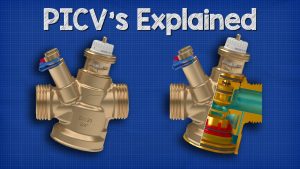Industrial valves are a large set of manufacturers where mechanical devices are set up as regulators of gaseous, liquid, and other systems. These are called valves. For example, gates, diaphragms, plugs, and pressure reliefs control different types of flow by their operated machines. There is a large bulk of Industrial Valve located in India with the enormous type of block and blood valves that controls blood flow and play a major role in petrochemical sectors. Like instrumentation valves and pressure valves, other types of valves are also widely available in the country.
Types of Industrial Valves
Gate Valves
A gate valve consists of a channel that can be opened or closed by moving a metal gate up and down. When raised, the gate clears the channel and allows flow; when lowered, the gate obstructs the channel.
Most often considered isolation, or on/off valves, gate valves have been around for decades. Their simplicity allows them to be produced at a relatively low cost, and with fewer parts than other valve types. However, their design makes them difficult to control precisely. Gate valves are most prevalent in the water industry.
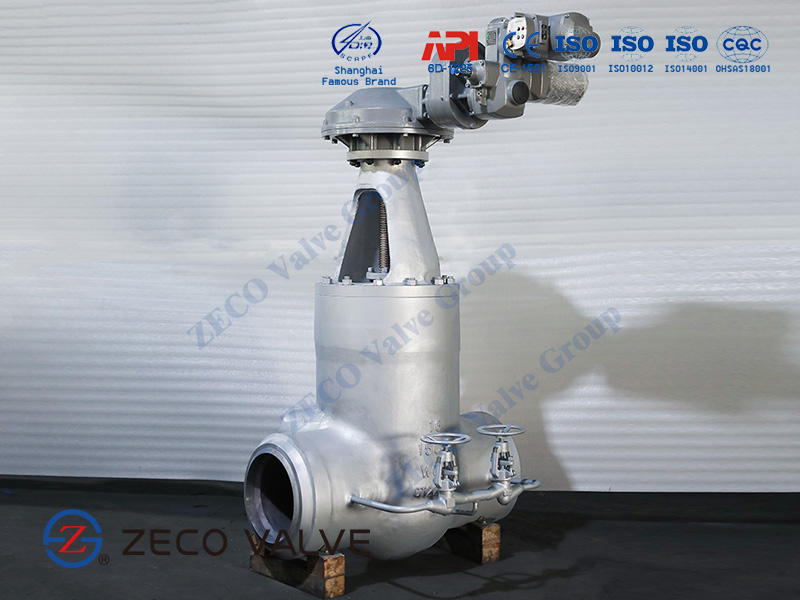
Ball Valves
Ball valve is part of the quarter turn valve family. The distinct feature of a ball valve is its hollow ball-shaped disc that acts to stop or start media flow. The ball disc is one of the quickest valves because it only needs a quarter turn to open or close.
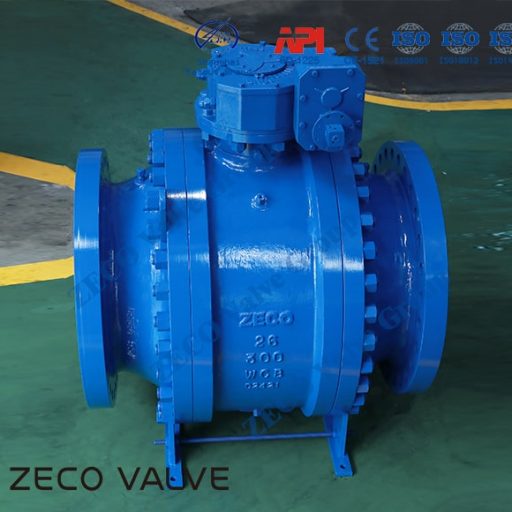
Trunnion Ball Valve
Trunnion ball valve is another enormous valve invention in the industry which use to control flow by its hollow-shaped quarter ball in front of the valve mechanism.
How Trunnion Ball Valve works
- The ball in the machine is linked to the stem (operator or long support on the top of the machine), and it is also connected to the trunnion of the machine, which is in a hollow cylindrical shape.
- When the machines are on, the ball connected to both things rotates in its position.
- The rotation of the ball in the machine works as a principles body and generates its own functions.
For what purposes Trunnion Ball Valves are used
- The trunnion ball valves are used for on-off controls, which are gate valves and globe valves.
- It is also used for the control application of machines
- To control pressure extensively.
Advantages of Trunnion Ball Valve
- This machine eases the steps of operation.
- Presents better performance and services as it minimizes the fluids.
- Whether the pressure is low or high, the trunnion ball valve can perform protectively and efficiently.
Double Block and Bleed Valves (DBB)
Double block and bleed valve are two-in-one automated machines set up in the maximum number of industries. This machine blocks the flow of fluid by its needle and ball valves activated in the machine.
For what purposes DBB Valves are used
- To stop or pause the flow of fluid from where the work is being done.
- Used for petrochemical and valves industries
How DBB Valve works
- The two valves in the machine should be closed, and the bleeder would be opened to start its functions.
- Before any pressure of downstream valves, the first half of the valves will drain the flow.
Advantages of DBB Valve
- Its uses and functions can be compared to a high-level isolation machine.
- This machine is compactum in the valve industry.
- Personal advantages are- it reduces weight, cost, and high exposure.
- It is a time-saving machine as it works fast.
Butterfly Valves
Butterfly Valves are designed to regulate the flow and limit the control capability. It is a valve in which the obturator rotates about an axis at right angles to the flowing direction, and the flow surpasses the obturator in the open position. Butterfly valve’s thin profile in between the flanges makes them lighter in weight and creates a small install footprint.
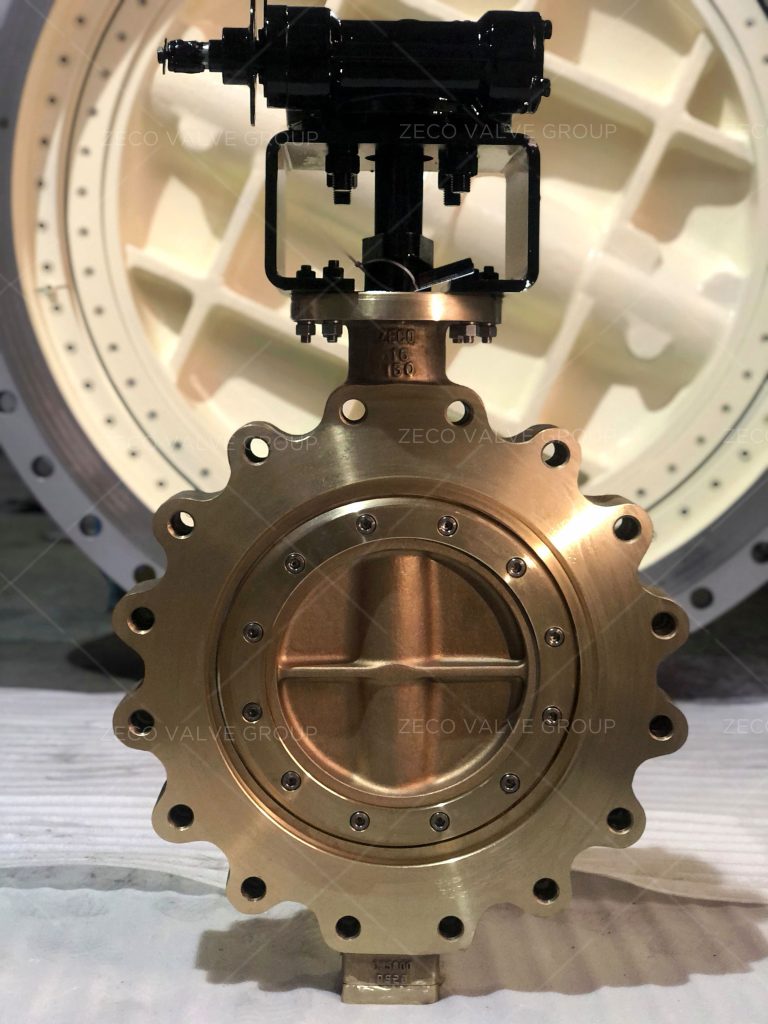
Advantages of butterfly valves
- Configured to operate electronically, manually, or pneumatically.
- Very accurate, which is very helpful for industrial applications.
- Can be installed or removed without pipe system dislocation
Globe Valves
Globe Valves are among the most popular type of valves used in various applications. These valves are similar to gate valves and use linear motion to throttle flow. They are used to control the flow in a pipeline and they regulate by the position of a movable disk (or plug) in relation to the stationary ring seat. The major advantage of a globe valve is, that it does not leak as much as other valves.
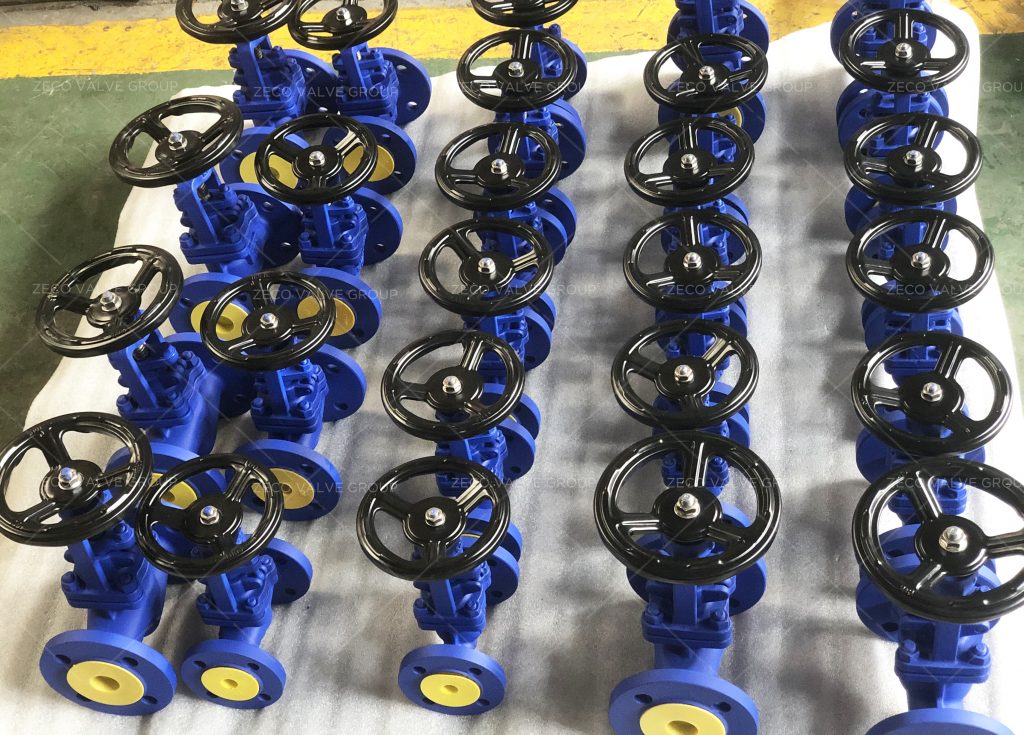
Advantages of Globe Valves
- Globe valves throttling, the full-closing characteristic is good.
- The opening-closing time is shorter.
- The body ring seating surface process is easier.
- They can be used as stop-check valves.
- They contain positive shut-off
Check Valves
Check valves offer one major benefit that no other valve on this list does: they are self-automated valves. Check valves allow the flow to pass through in one direction and automatically prevent backflow. They utilize the pressure from the flow to open the disc inside, meaning the higher the pressure the more the disc opens.
As the flow decreases or if it reverses, the disc inside will close. Since check valves prevent backflow they are sometimes referred to as Non-Return Valves (NRV). This ability to automatically prevent backflow makes them an excellent choice to be used near parts of the line that need to be protected from backflows, such as the pump and compressors.
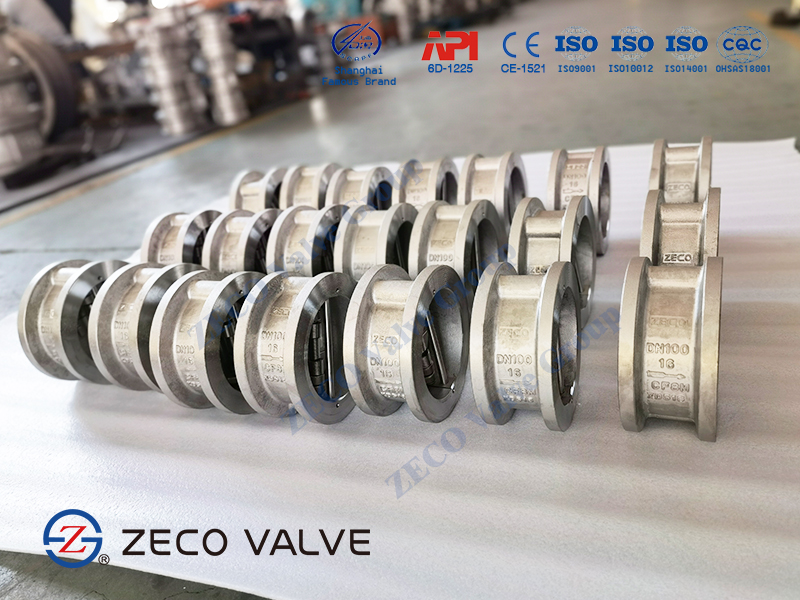
Plug Valves
Plug valve belongs to the quarter turn valve family. The disc acts as a bubble-tight shut-off and on a plug or cylinder. Aptly named as the plug valve due to its tapered end. Its closing and opening mechanism is similar to that of a ball valve.
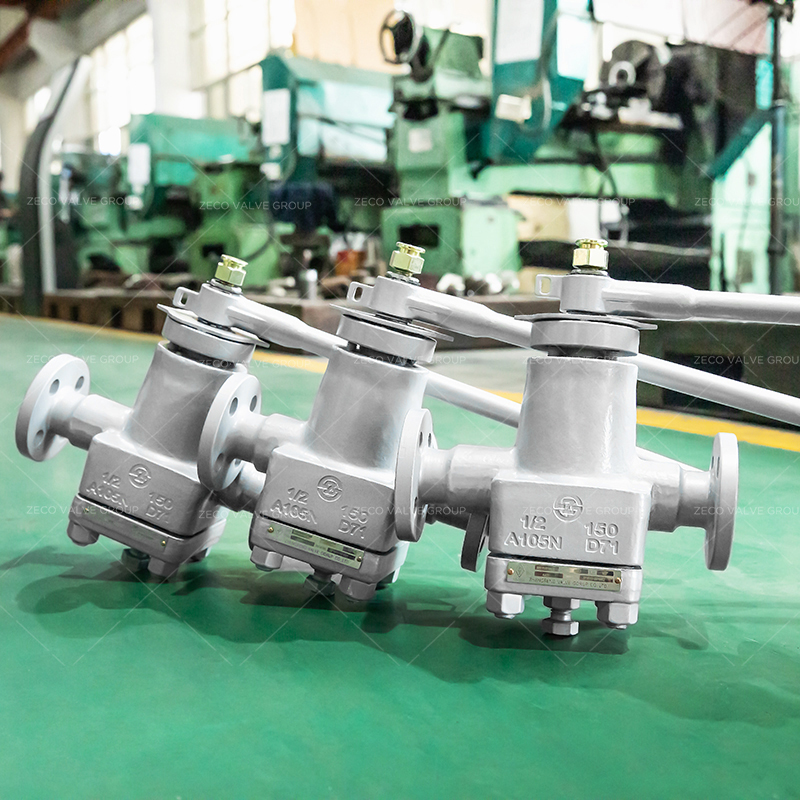
Advantages of Plug Valves
- Simple mechanism.
- Easy in-line maintenance.
- Low-pressure drop.
- Reliable and tight seal capability.
- Fast-acting to open or close as it only needs a quarter turn.
Related Tags :
Ten articles before and after
Valves Used in the Oil and Gas Industry 2021: A Complete Guide – Zeco Valve
Trunnion Ball Valve Vs Floating Ball Valve – Zeco Valve
Try Spring Loaded Check Valve Next Time
Difference Between Double Offset and Triple Offset Butterfly Valve – Zeco Valve






